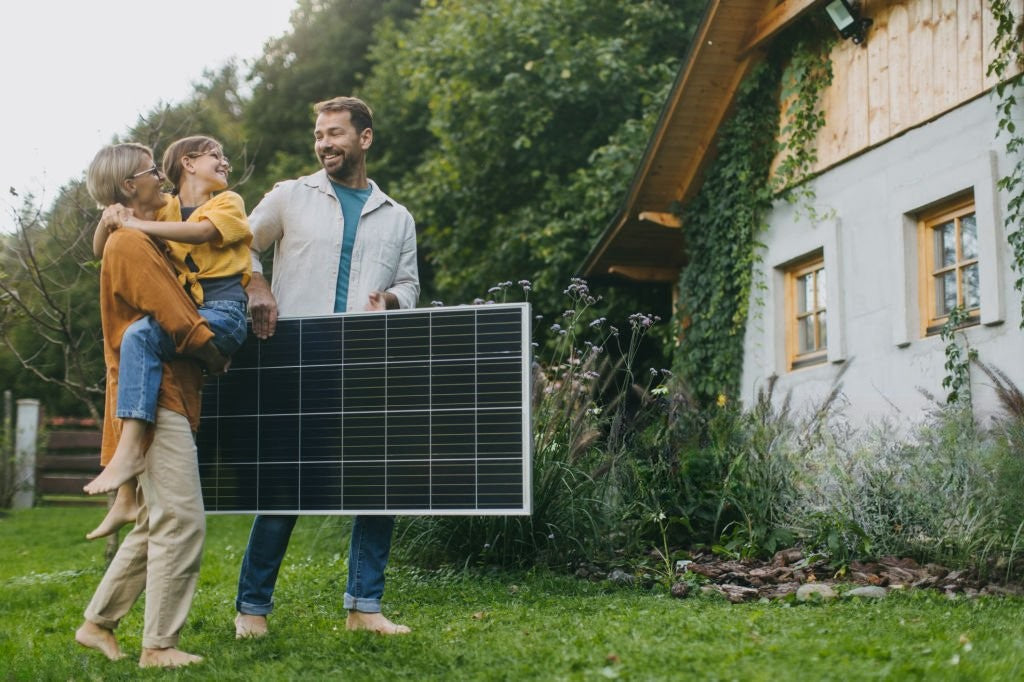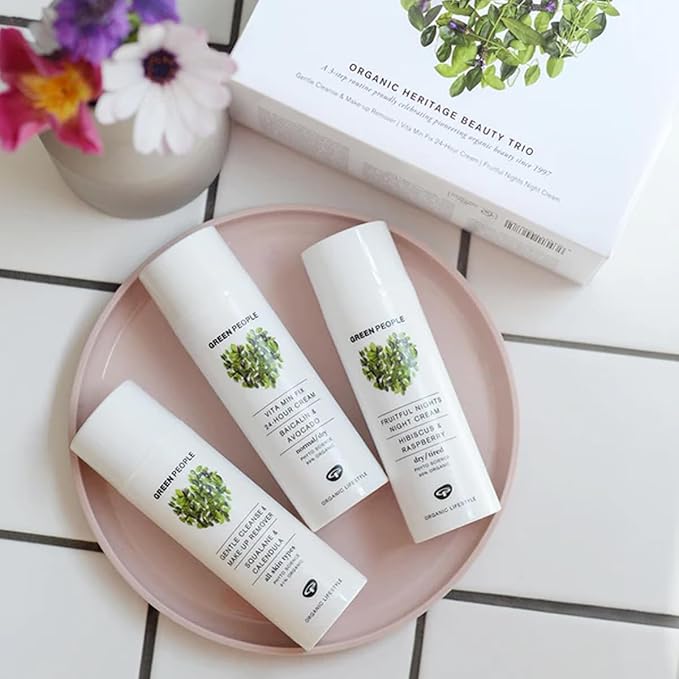Living by the river is a dream for many, but the extra moisture, wind and flood risk mean your windows do far more than frame a pretty view. The right glazing helps keep condensation, draughts and noise under control while making your home more energy-efficient. From high-performance double glazing and moisture-resistant uPVC or composite frames to clever styles like tilt-and-turn, casement or awning windows, small design choices can make a big difference to comfort and heating bills in a riverside home. Even large sliding or fixed picture windows can be part of a low-impact home when paired with quality seals and thermally efficient glass. On Friendly Turtle EcoBlog, we love exploring these practical, planet-friendly upgrades the kind that protect your home, tread more lightly on local waterways and still let you enjoy those calming river views day after day.
Share your articles with us and get published! Reach out at hello@friendlyturtle.com.
Green Living Outdoors: How to Design with Nature in Mind

Designing your outdoor space is not all about its appearance. It also involves intention, rhythm, and the life you want to live. With this fast world we are living in, nature can bring a steadying force. Going green outside isn't just about magnificent gardens or country-like retreats; it starts with the choice of materials, planning, and flora that will reflect harmony with the world.
Think of your yard, balcony, or patio as having a conversation with the earth one where sustainability and beauty will meet. Whether you're a weekend gardener or a curious beginner, designing with nature in mind will invite purpose into every square foot of your garden. The six ideas below will help revitalize your space and take you deeper into the natural world. Let's get started.
Use Eco-Friendly Materials and Products
Designing with nature often extends beyond plant selection. It translates to all the materials you bring into your landscape from decking and furniture to fertilizers and mulch. For hardscape elements, you can use reclaimed wood, recycled stone, or bamboo. Take steps to avoid chemically treated wood or plastics that break down into micro-pollutants in the long term.
No less important are the products you use to maintain your yard. As highlighted by the team at Tip Top Yards, there are numerous eco-friendly yard products, including gazebo kits and sunroom materials, which you can buy to minimize environmental harm while supporting soil health and plant energy. Look for compost-based fertilizers, biodegradable weed barriers, and organic pest control kits. Every choice you make should be for a cleaner, healthier world.
Encourage Biodiversity and Native Plants
You should begin by planting plants indigenous to your region. Indigenous plants have learned to live in your local climate, soil, and ecosystem, and therefore, after they are established, they will need less water, fewer chemicals, and a minimal amount of maintenance. They will also offer food to native wildlife pollinators, birds, and beneficial insects that are crucial to your surrounding ecological health.
By choosing plants that will thrive naturally in your region, you will build a space that will work with the land instead of against it. Avoid ornamental species that may look appealing but will do nothing for your local biodiversity. Even a modest selection of native grasses, shrubs, or wildflowers can invite life back into your yard, turning it from a static décor into a living, breathing habitat.
Incorporate Water-Friendly Landscaping
Conserving water is not just a matter of conserving dollars off your bill. It's all about creating a landscape that is resilient, respectful, and one that's long-term sustainable. You can start by analyzing your yard's natural slope and drainage. This will enable you to design around guiding and capturing rainwater, such as through dry creek beds or rain gardens.
Ensure to select drought-tolerant plants and consider covering large areas of the lawn with ground cover or hardscaping that won't need constant watering. Well-designed drip irrigation systems, when deployed sparingly, can provide precision moisture with reduced waste. An astutely designed water-wise garden can attain lushness without indulgence. The goal isn't to deprive your garden, but it's a thoughtful abundance that will endure through dry spells and climate shifts alike.
Create Wildlife-Friendly Zones
A truly nature-inspired design will invite wild visitors into your space. You don't need to create a full-blown wildlife sanctuary in your garden, but even the small details matter. You can set up a birdbath or a shallow water bowl for bees and butterflies. Also, don't clip seed-bearing flowers in winter to provide food and shelter. Hedges and small thickets can be used as bird or squirrel-safe passes.
Even a pile of logs or rocks can be a sanctuary for insects and frogs. Avoid resorting to chemical treatments that can disrupt these micro-ecosystems. Instead, embrace a little wildness. A garden that hums, chirps, and flutters is alive and feels connected to nature. And it's that connection that will make your space feel authentic.
Design for Shade and Natural Cooling
Adding shade to your outdoor space provides more than just relief on hot days it reduces your need for artificial air conditioning and can moderate the microclimate around your home. By carefully placing trees, pergolas, or trellises cloaked with climbing plants, you can create natural shade that will contribute to your vertical interest. You can select deciduous trees that drop leaves, giving a complete canopy in summer but letting in sunlight in winter.
You can position seating or work areas outside in naturally cooler regions or near reflective bodies of water. Look at ventilation and how structures or landscaping can funnel breezes. By designing for natural cooling, you create an outdoor area to supply human comfort and environmental integrity.
Embrace Seasonal Change and Let Go of Perfection
One of the most powerful evolutions in eco-friendly outdoor design is releasing your inner desire for control. Lawns do not need to be manicured all year round, and leaves don't need to be raked off the moment they touch the ground. Let the seasons do their thing, including the mess, to create a deeper connection with nature. You can let your garden sleep in winter, bloom irregularly in spring, and seed abundantly in summer.
You can also choose perennials that will mature elegantly through the seasons. Condition yourself to appreciate loveliness in neglect, in the subtle colors of autumn, in February's bare trees. If you let your yard breathe and respond to the seasons, it will be a reflective place, not a play place. And that's where the magic happens.
Designing your outdoor space with nature in mind is not about following strict principles it's about tuning in to the natural cadence that's already there. Every choice you make, whether it's planting native flowers or choosing sustainable materials, will add up to more than a pretty yard. You're making something that's alive, meaningful, and connected. When you garden sustainably, you're not just doing gardening you're growing a connection to the world around you. And there's a quiet kind of joy in that. The kind that doesn't come from anything you can buy.
0 comments
Let customers speak for us
Blog posts
Making your own ice might seem like a tiny habit, but it can quietly cut waste and carbon in a big way. When you freeze water at home in reusable trays or an efficient freezer, you skip the single-use plastic bags, transport emissions and constant industrial refrigeration that come with store-bought ice. You also control the quality of the water you freeze, which means cleaner cubes in your glass and fewer hidden additives in your drinks. With a modern, energy-efficient freezer or under-counter ice maker, the electricity you use stays local, steady and relatively low impact especially if you’re already trying to run a lower-waste kitchen. Pair that with thoughtful water use (only freezing what you need) and suddenly a very ordinary daily habit becomes part of your sustainability toolkit. On Friendly Turtle EcoBlog, we love these small, repeatable swaps the kind that fit neatly into everyday life while still nudging your home towards a lighter footprint.
Utility trailers are a surprisingly powerful ally in sustainable gardening and low-waste home care. As highlighted in this Friendly Turtle EcoBlog post, they simplify the movement of garden waste, compost, and reclaimed materials, encouraging greener routines with less effort. Whether you’re trimming hedges, tidying your shed, or tackling DIY repairs, a trailer makes the process smoother and reduces fuel use and plastic reliance. It also supports better organisation and smarter recycling. Choosing the right trailer helps avoid overconsumption while extending the life of your tools. This simple addition turns everyday tasks into eco-conscious actions and makes it easier to maintain a cleaner, greener garden all year round.



